Schedule a Call Back
Excavators to march ahead on infrastructure demand
 Articles
Articles- Jul 01,19
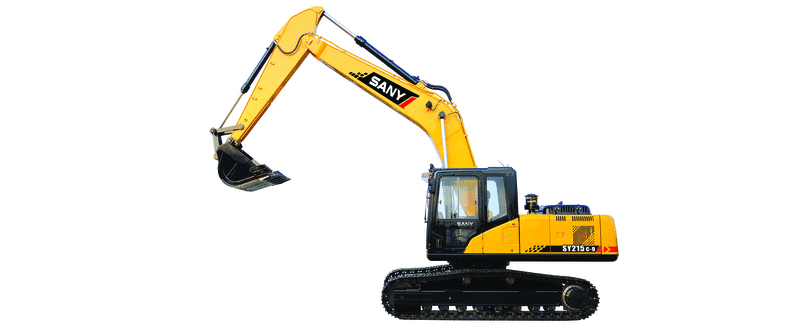
Related Stories
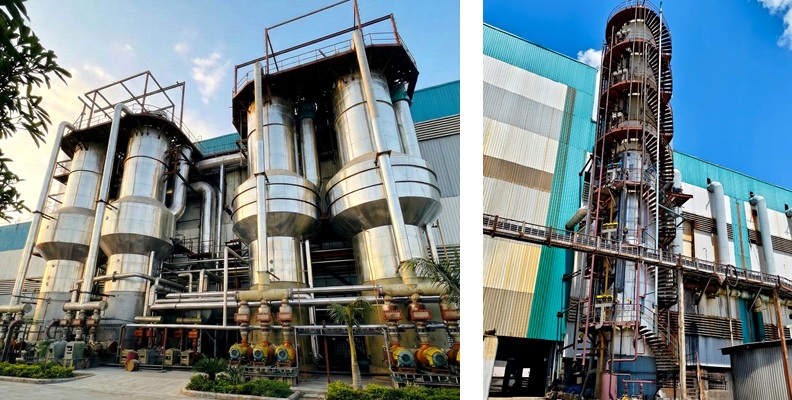
Spray Engineering Devices drives Parag Agro’s 7000 TCD expansion
SED’s phased modernisation programme has enabled Parag Agro to scale sugar production to 7,000 TCD while achieving significant gains in energy efficiency and sustainability.
Read more
Aimtron enters railway signalling with focus on safety-critical electronics
Aimtron Electronics has expanded into railway signalling electronics, leveraging its regulated manufacturing expertise to support safety-critical rail and metro infrastructure in India.
Read more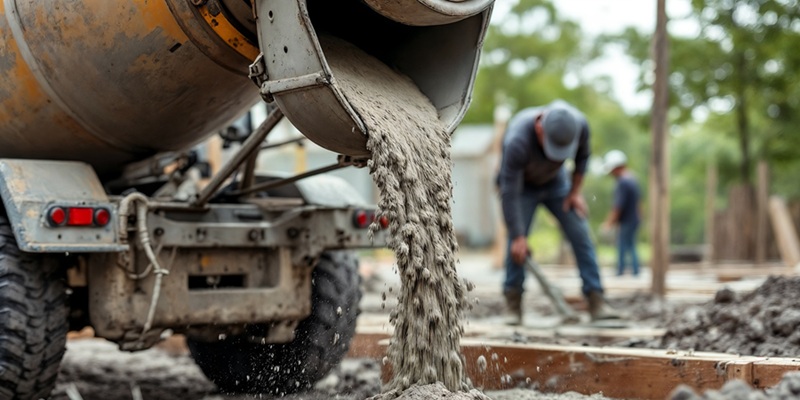
How is AI shaping the future of cement milling?
AI is transforming cement milling by enabling dynamic, data-driven control that improves energy efficiency, stabilises throughput and enhances asset reliability. By leveraging real-time data, predic..
Read moreRelated Products
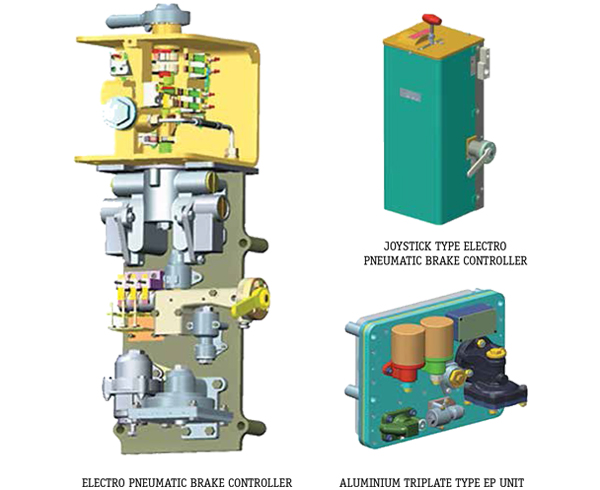
Electro - Pneumatic Brake System for Emu
Escorts Kubota Limited offers a wide range of electro - pneumatic brake system for EMU.
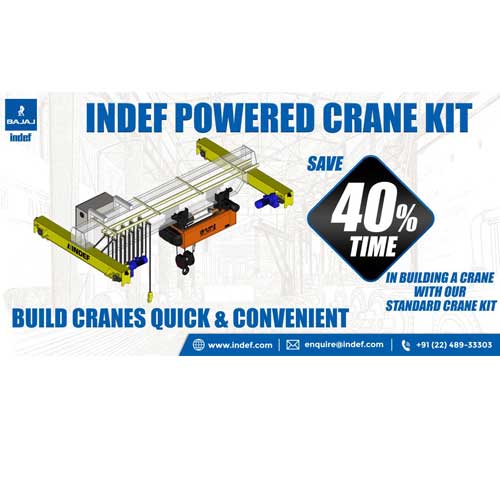
Indef Powered Crane Kit
Hercules Hoists Ltd offers a wide range of Indef powered crane kit.
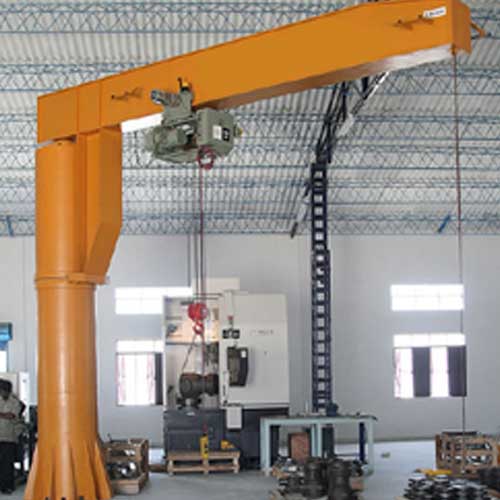
Jib Crane
DC Hoist & Instruments Pvt Ltd offers a wide range of Jib crane.












